Care Of Button Mushrooms: Learn About Growing White Button Mushrooms
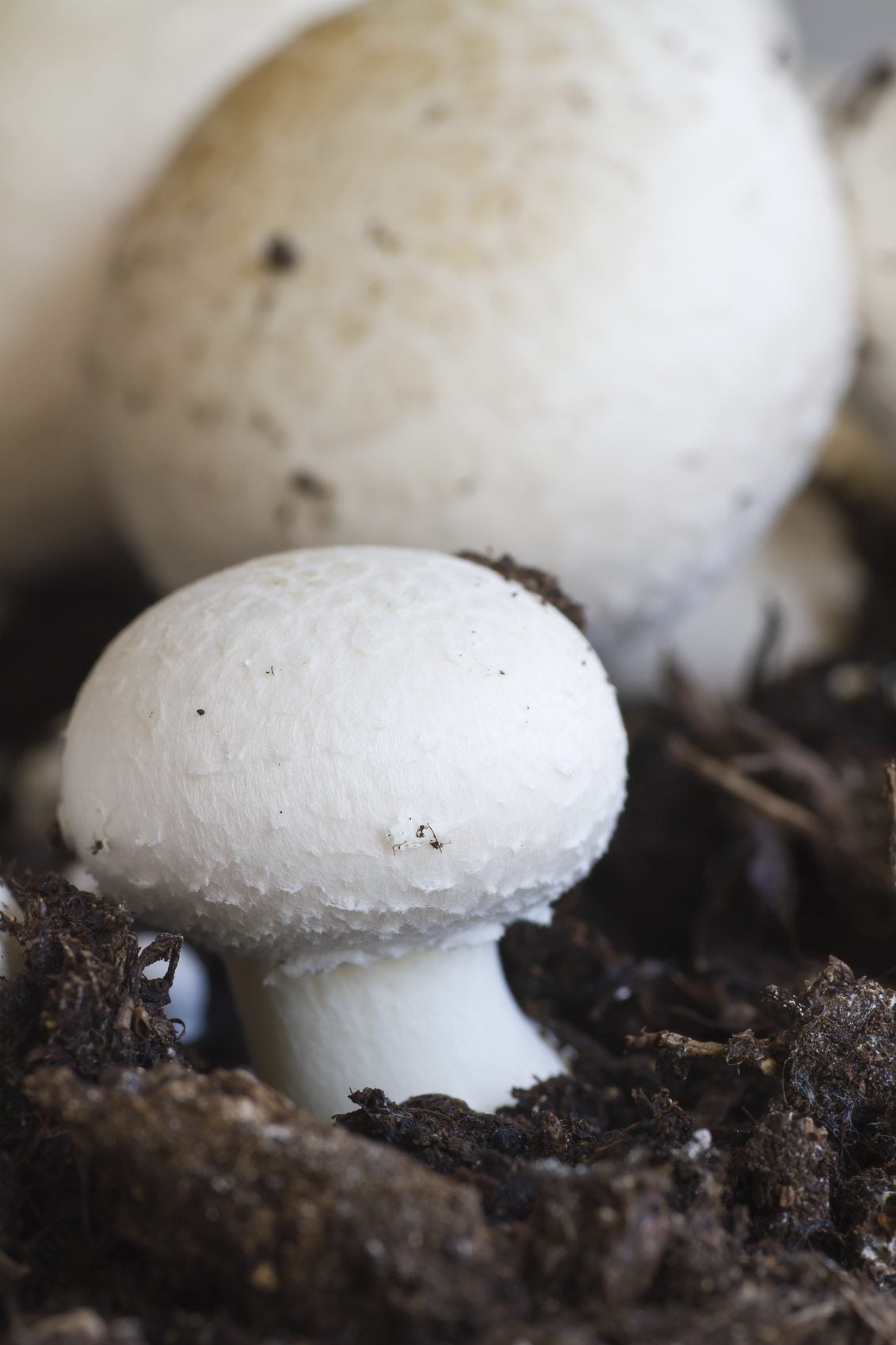

Growing mushrooms is a little talked about side of gardening. While it may not be as conventional as tomatoes or squash, mushroom growing is surprisingly easy, versatile, and very useful. Growing white button mushrooms is a good place to start, since they’re both tasty and easy to maintain. Keep reading to learn more about how to grow white button mushrooms and some white button mushroom information.
Growing White Button Mushrooms
Growing white button mushrooms doesn’t require sunlight, which is especially nice for the indoor gardener whose windows are full up with plants. They can also be grown at any time of year, with winter actually preferable, making for a great gardening opportunity when everything outside is cold and bleak. Growing white button mushrooms takes spores, tiny microscopic things that will grow into mushrooms. You can buy mushroom growing kits made up of organic material inoculated with these mushrooms spores. White button mushrooms grow best in nitrogen-rich manure, like horse manure. To create an indoor bed for your mushrooms, fill a wooden box that’s at least 6 inches (15 cm.) deep with manure. Leave a few inches (8-9 cm.) of space below the rim of the box. Spread the inoculated material from your kit on the top of the soil and mist it thoroughly. Keep your bed in the dark, damp, and warm - around 70 F. (21 C.) - for the next few weeks.
Care of Button Mushrooms
After a few weeks, you should notice a fine white webbing on the surface of the bed. This is called mycelium, and it’s the start of your mushroom colony. Cover your mycelium with a couple inches (5 cm.) of damp potting soil or peat – this is called casing. Lower the bed’s temperature to 55 F. (12 C.). Make sure to keep the bed moist. It may help to cover the whole thing with plastic wrap or a few layers of wet newspaper. In about a month, you should start to see mushrooms. Care of button mushrooms after this point is very easy. Harvest them by twisting them out of the soil when you’re ready to eat them. Fill in the empty space with more casing to make way for new mushrooms. Your bed should continue to produce mushrooms for 3 to 6 months.
Gardening tips, videos, info and more delivered right to your inbox!
Sign up for the Gardening Know How newsletter today and receive a free copy of our e-book "How to Grow Delicious Tomatoes".

The only child of a horticulturist and an English teacher, Liz Baessler was destined to become a gardening editor. She has been with Gardening Know how since 2015, and a Senior Editor since 2020. She holds a BA in English from Brandeis University and an MA in English from the University of Geneva, Switzerland. After years of gardening in containers and community garden plots, she finally has a backyard of her own, which she is systematically filling with vegetables and flowers.
-
 Looking For Plants To Give You The Soft And Fuzzies? Try These 5 Fuzzy Leaf Plant Options
Looking For Plants To Give You The Soft And Fuzzies? Try These 5 Fuzzy Leaf Plant OptionsLovers of texture, drama, silver foliage and tactile plants will adore these special sensory garden additions. These fuzzy leaf plant options will leave you all aglow
By Susan Albert
-
 Get Ready For A Summer Of Hummers! Grow These Full Sun Hummingbird Plants and Flowers
Get Ready For A Summer Of Hummers! Grow These Full Sun Hummingbird Plants and FlowersIf you’re lucky enough to enjoy a sunny backyard, make sure you are maxing out on your pollinator opportunities and grow these full sun hummingbird plants and flowers
By Tonya Barnett
-
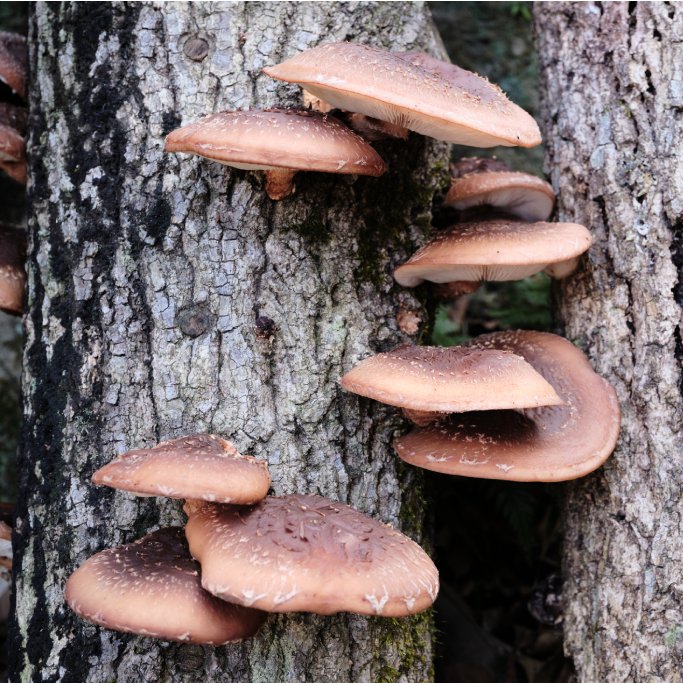 Which Types Of Wood To Use For Growing Fungi
Which Types Of Wood To Use For Growing FungiWondering about the best logs for mushroom plugs? Match the mushroom type to the tree variety for a great crop of delicious mushrooms.
By Bonnie L. Grant
-
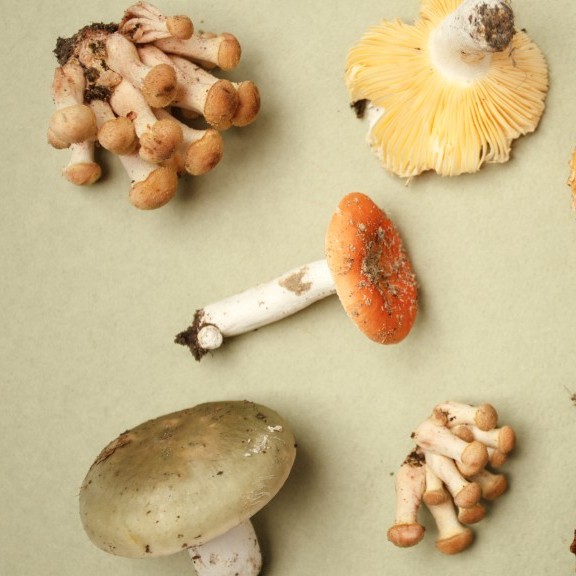 Types Of Edible Mushrooms & Their Poisonous Look-Alikes
Types Of Edible Mushrooms & Their Poisonous Look-AlikesTypes Of Edible Mushrooms & Their Dangerous Doppelgangers
By Bonnie L. Grant
-
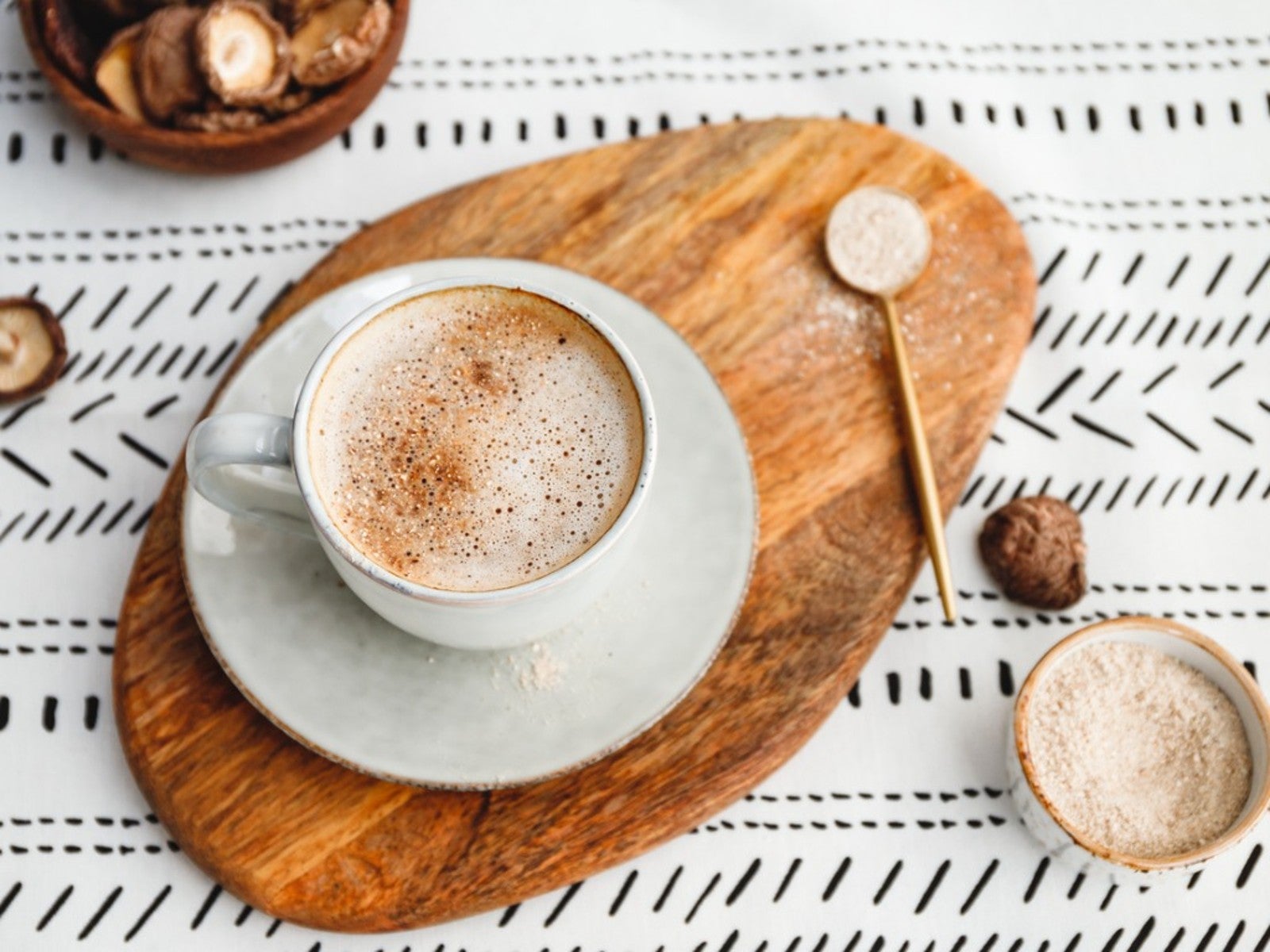 Make Your Own Mushroom Coffee From Homegrown Fungi
Make Your Own Mushroom Coffee From Homegrown FungiWhat is mushroom coffee? Can you make your own mushroom coffee at home? Click here to learn more.
By Laura Miller
-
 Growing Mushrooms In Coffee Grounds At Home
Growing Mushrooms In Coffee Grounds At HomeLearn how re-using coffee grounds for mushroom substrate is great for the mushrooms and good for the planet.
By Bonnie L. Grant
-
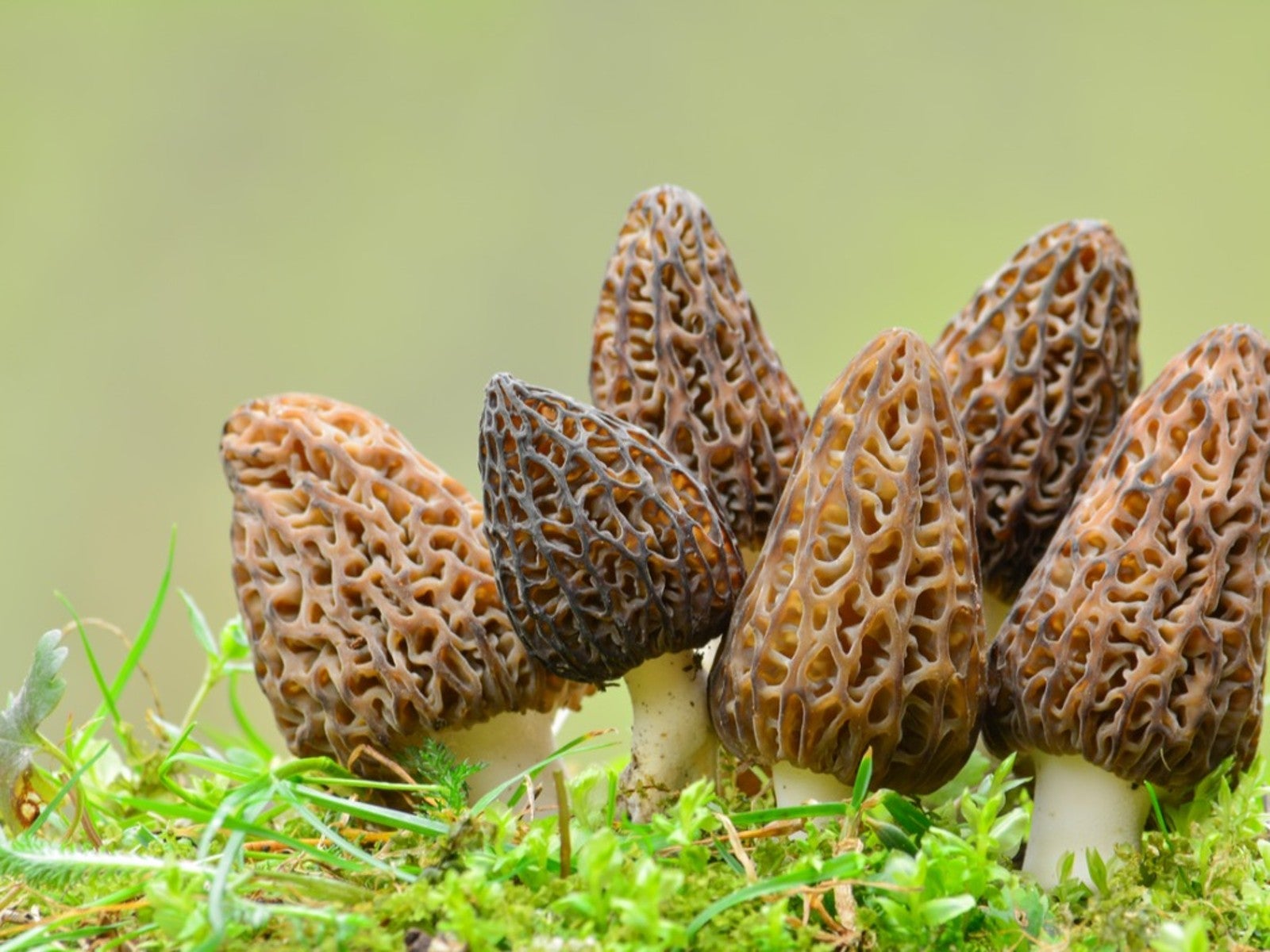 How To Grow Morel Mushrooms: Growing Morel Mushrooms At Home
How To Grow Morel Mushrooms: Growing Morel Mushrooms At HomeMorel mushroom growing conditions are difficult to pinpoint. Some expert tips are necessary on how to grow morel mushrooms.
By Bonnie L. Grant
-
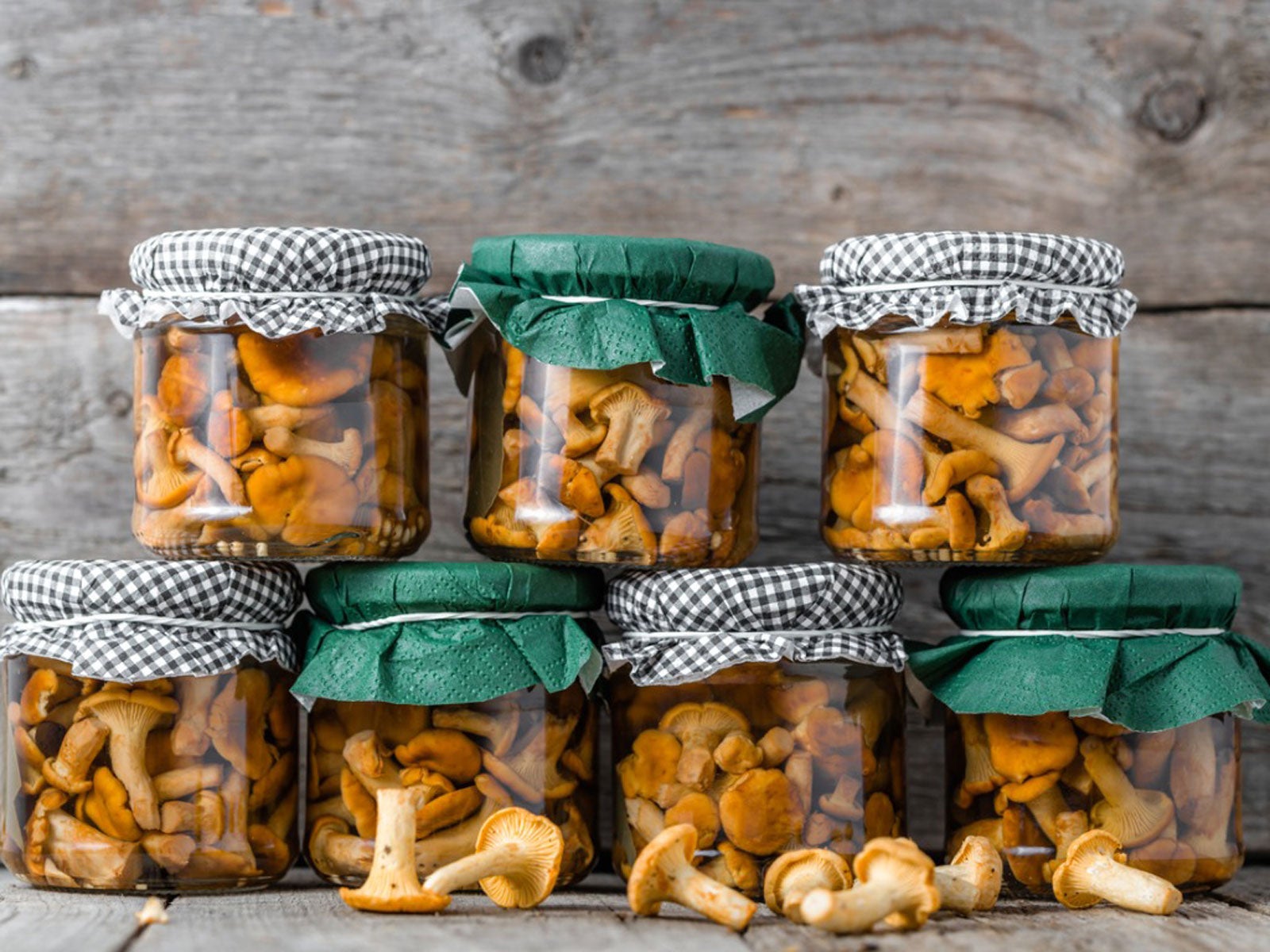 Home Canning Mushrooms – Tips For Storing Mushrooms In Jars
Home Canning Mushrooms – Tips For Storing Mushrooms In JarsAre you contemplating home canning mushrooms, but are nervous about safety? Click here to explore how to can mushrooms safely.
By Laura Miller
-
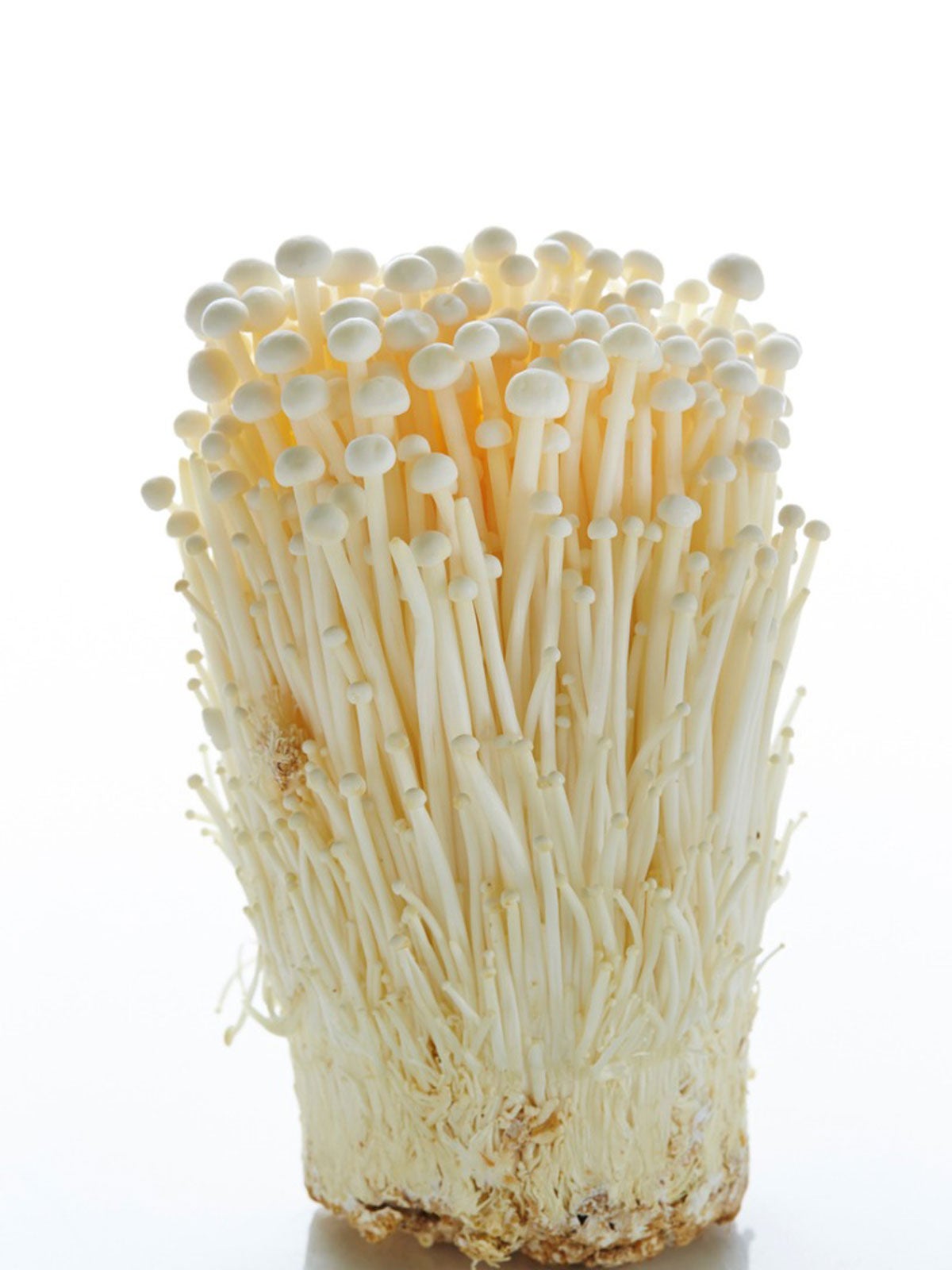 Enoki Mushroom Info – Tips For Growing Enoki Mushrooms Yourself
Enoki Mushroom Info – Tips For Growing Enoki Mushrooms YourselfEnoki mushrooms are very delicate fungi in an almost filament form. They are often the only mushrooms available in winter. If you like eating enoki mushrooms, you might try growing them yourself. Learn more about enoki mushrooms and how to grow them here.
By Bonnie L. Grant
-
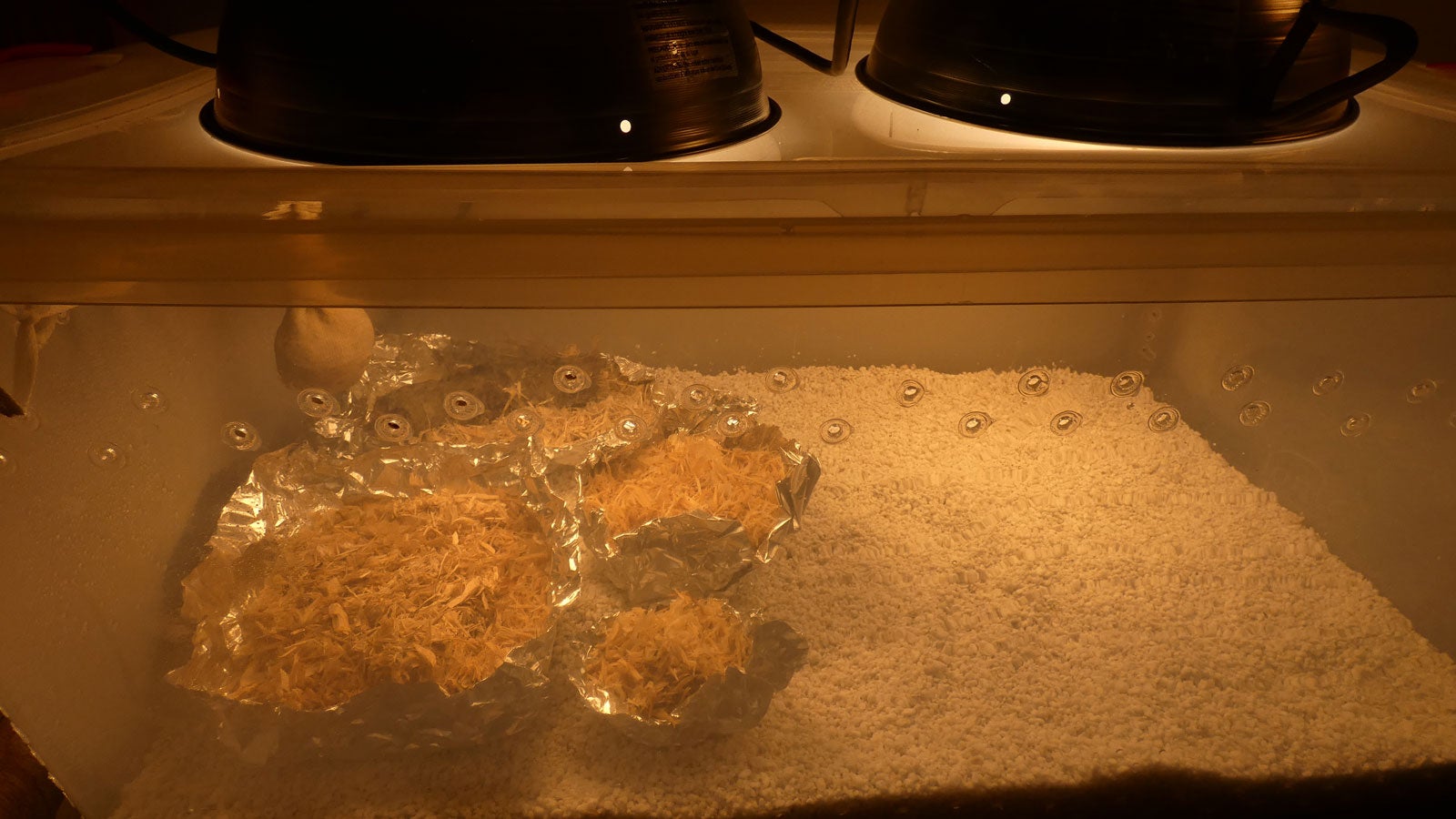 Growing Mushrooms At Home: How To Make A Mushroom Fruiting Chamber
Growing Mushrooms At Home: How To Make A Mushroom Fruiting ChamberSetting up a mushroom fruiting chamber is really the only difficult thing about growing mushrooms at home, and even then, a DIY mushroom house doesn’t have to be complex. To learn how to make your own mushroom fruiting chamber, click the following article.
By Amy Grant